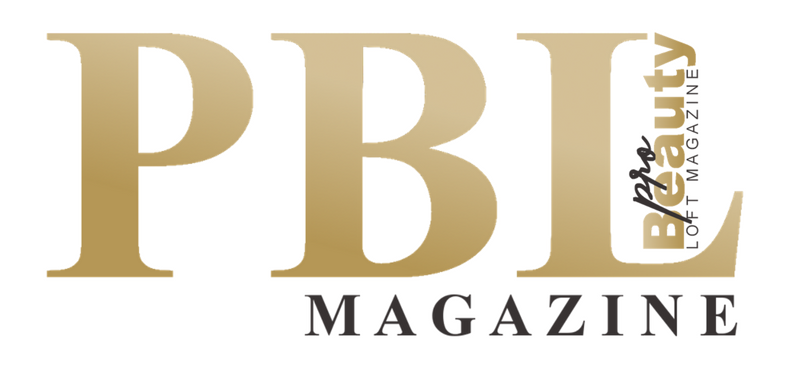There Are Only 7 Licensed Anti-Wrinkle Injectables in the UK – What Are They?
Despite the growing number of injectable products on the market, only seven botulinum toxin type A formulations are currently licensed by The Medicines and Healthcare Products Regulatory Agency (MHRA) for aesthetic use in the UK. Each has undergone rigorous evaluation for safety, quality and efficacy. For practitioners, the real point of interest lies in how these products differ in formulation, clinical behaviour and treatment outcomes.
Botox (onabotulinumtoxinA)
Botox, manufactured by AbbVie, is the original and most widely used product. It is supported by extensive clinical data for use in glabellar, forehead and canthal lines. Results typically begin to appear within 3 to 5 days, peak around day 10 and last approximately 12 to 16 weeks. The formulation contains complexing proteins alongside the neurotoxin, which may have implications for immunogenicity with long-term use.
Azzalure (abobotulinumtoxinA)
Marketed by Galderma, Azzalure is the European version of Dysport. It is known for greater diffusion, which can be beneficial in wider treatment areas such as the forehead. Onset may begin within 2 days and duration tends to average 12 weeks. The units are not interchangeable with Botox and require specific adjustment based on indication.
Bocouture (incobotulinumtoxinA)
Produced by Merz, Bocouture is a purified 150 kDa neurotoxin that contains no complexing proteins. This absence may reduce the likelihood of neutralising antibodies in long-term patients. It is licensed for glabellar, forehead and lateral canthal lines. Bocouture generally begins to take effect within 3 to 4 days and lasts for around 3 to 4 months.
Alluzience (relabotulinumtoxinA)
This is the first ready-to-use liquid botulinum toxin A in the UK, also from Galderma. It is appealing in high-throughput clinics due to its convenience, but also because of its fast action. Some patients report visible improvements within 24 to 48 hours. Clinical trials suggest effects may last up to six months in some cases. The liquid format avoids variability in dilution, although its diffusion pattern differs slightly from powder-based formulations.
Nuceiva (prabotulinumtoxinA)
Developed by Evolus, Nuceiva entered the UK market in 2022. It has demonstrated non-inferiority to Botox in clinical studies targeting glabellar lines. Results typically appear within 2 to 4 days and last for about 3 to 4 months. Its competitive price point makes it attractive for cost-conscious practices without sacrificing efficacy.
Letybo (letibotulinumtoxinA)
Letybo, made by Hugel and distributed in the UK by Croma Pharma, was also approved in 2022. It is widely used in Asia and has started to gain traction in the UK market. The clinical data is still emerging, but available reports suggest similar onset and duration to more established products. Dosing consensus among UK clinicians is still evolving.
Relfydess (relabotulinumtoxinA)
Relfydess was licensed in January 2025 and is the most recent addition. It is a liquid formulation of relabotulinumtoxinA, like Alluzience, but differs in stabilisers and clinical performance. In trials, up to 40 percent of patients experienced visible improvement within 24 hours. At one month, 70 percent had a two-grade improvement in glabellar and canthal lines. Duration of effect consistently reaches six months or longer. No serious adverse events were reported in the available data.
Key Considerations for Clinical Practice
Although all seven products inhibit acetylcholine release at the neuromuscular junction, they differ in reconstitution method, spread characteristics, duration of action and formulation components.
Toxins that exclude complexing proteins, such as Bocouture, may be preferred for patients undergoing repeated treatments due to their potentially lower immunogenic profile. Liquid formulations like Alluzience and Relfydess offer standardised dosing and quicker onset but may behave differently in tissue. Azzalure’s wider diffusion can be useful in larger areas, although precise placement is essential in smaller muscle groups.
Choosing between them involves more than brand familiarity. Factors such as injection technique, patient expectations, storage protocols and treatment planning all influence product selection in clinical settings.








